The Krakow Group Gallery

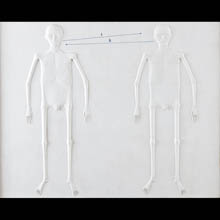
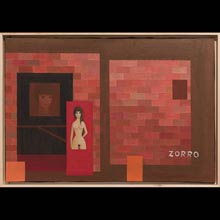
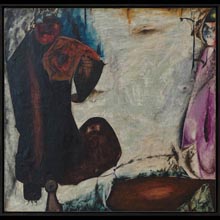
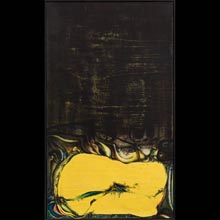
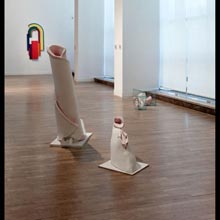
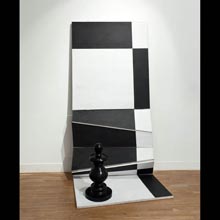
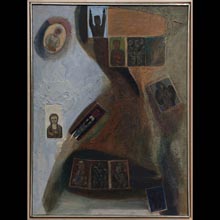
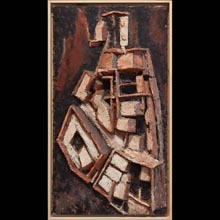
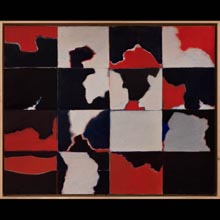
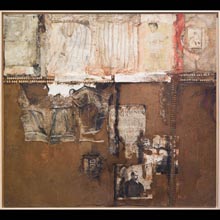
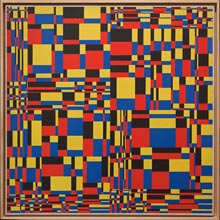
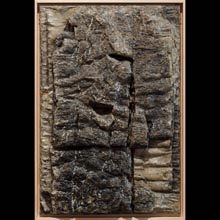
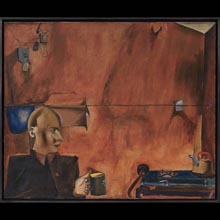
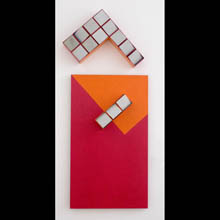
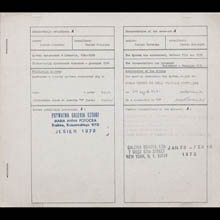

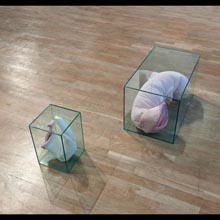
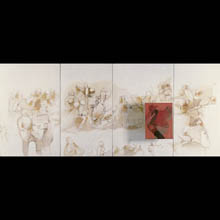
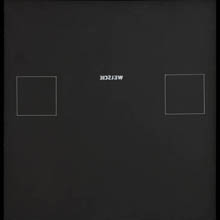
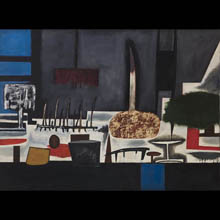
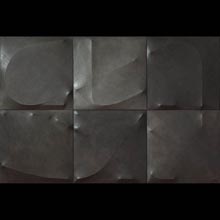

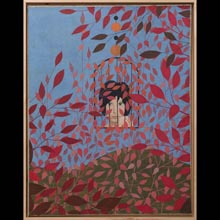

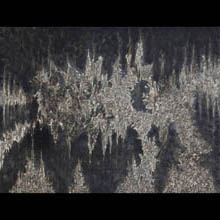
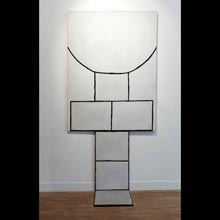
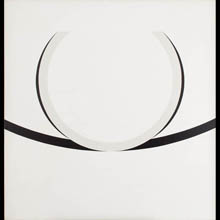
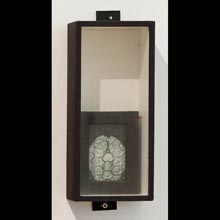
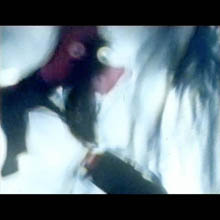
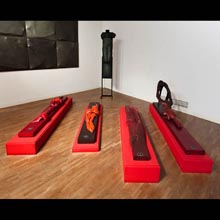

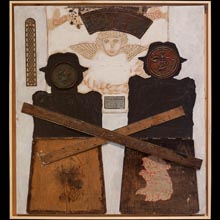
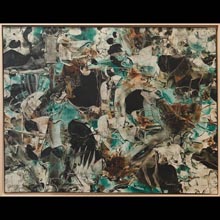
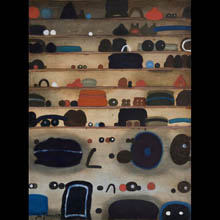
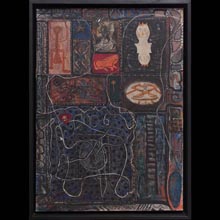
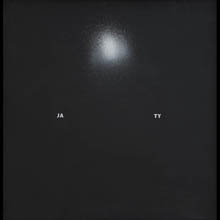
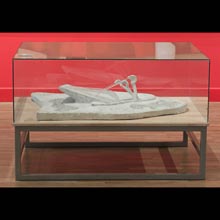
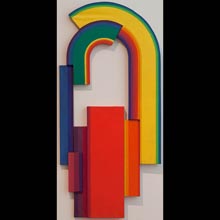
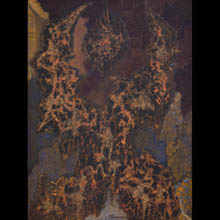

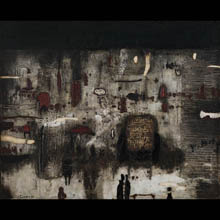
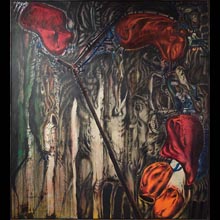
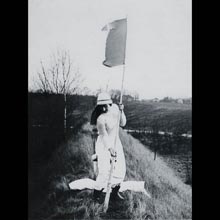
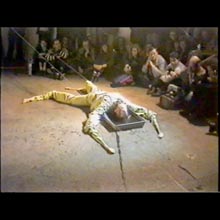
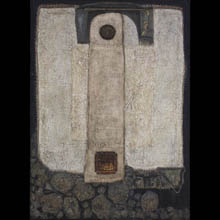

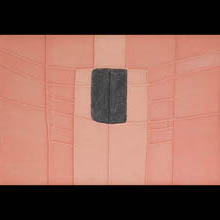
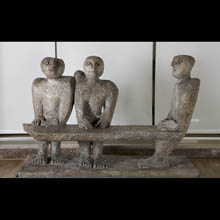

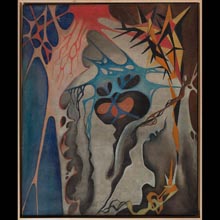
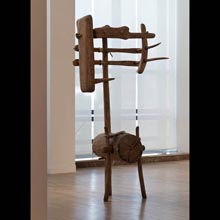
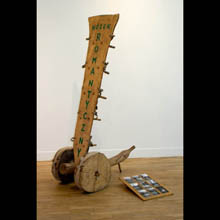
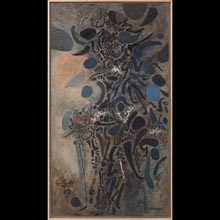
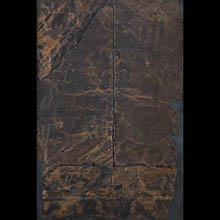

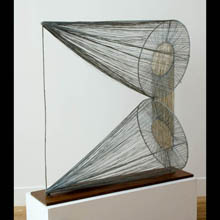
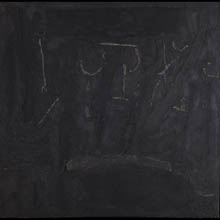
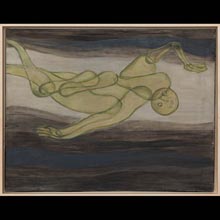
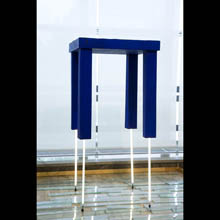
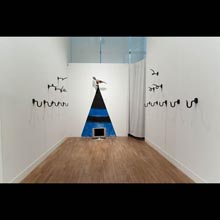

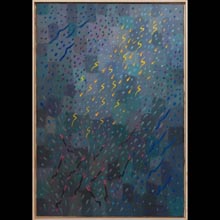
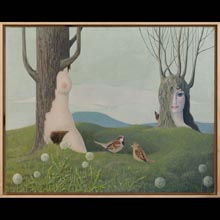
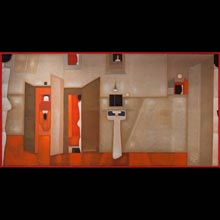
In Krakow’s artistic milieu, the Krakow Group enjoyed a special place. In the 1950s it continued the radical artistic programme of the pre-war namesake union. Some of its member, like Maria Jarema and Jonasz Stern, joined the Group of Young Visual Artists centred around Tadeusz Kantor. The founding meeting of the “Krakow Group” Artistic Association took place in 1956, in the atmosphere of political thaw, and in 1957 the Second Krakow Group was officially registered with its own statute and seat in the basement of the Krzysztofory Palace. Among its members were: Stanisław Balewicz, Jerzy Bereś, Tadeusz Brzozowski, Wanda Czełkowska, Maria Jarema, Julian Jończyk, Tadeusz Kantor, Piotr i Wojciech Krakowscy, Janina Kraupe, Adam Marczyński, Jadwiga Maziarska, Kazimierz Mikulski, Daniel Mróz, Jerzy Nowosielski, Jan Pamuła, Adam Pawłowski, Marek Piasecki, Maria Pinińska-Bereś, Mieczysław Porębski, Karol Pustelnik, Erna Rosenstein, Teresa Rudowicz, Bogusław Schaeffer, Jerzy Skarżyski, Maria Stangret, Jonasz Stern, Janusz Tarabuła, Jerzy Tarasin, Jerzy Tchórzewski, Danuta and Witold Urbanowicz, Zbigniew Warpechowski, Marian Warzecha and Jerzy Wroński. Jerzy Nowosielski wrote: “We resumed the Group to contrast the big, official and insipid community that lacks prestige, with a smaller one that sets greater requirements up for itself regarding its work as well as exhibition and public activity.” The Krakow Group was a union of visual artists, composers and creative individuals representing other disciplines, as well as art critics. Not bound by any common programme, they were a group of artistic individualities for whom important were: avant-garde, improving the level of Polish art, and ongoing observation of current European tendencies. Reactivated in 1956, Teatr Cricot 2 was an essential area of the Group’s activity. The Group was dubbed the classics of the avant-garde. Today, art critics underscore the role of the Krakow Group as guardians of the avant-garde. The claim that the Krakow Group is already a part of trdition but still avant-garde, was fully confirmed in 1975, when its members were invited by Professor Mieczysław Porębski and the National Museum in Krakow as a sponsor of contemporary art, to create artistic commentaries on selected 19th-century painting on view in the Cloth Hall. That prestigious art event accompanied a conference of the International Association of Art Critics (AICA). One of the conditions for the participating artists was that the works should be monumental so they could effectively confront academic painting. The project resulted in the exhibition entitled Voir et consevoir (To See and to Understand), in which, apart from Ryszard Winiarski and Stanisław Fijałkowski, artists of the Krakow Group showed their works. Tadeusz Brzozowski (1918–1987) painted a monumental work entitled ironically Pollies and Parakeets (both meaning parrots) alluding to certain art critics. Brzozowski’s priorities were the existential sense of painting and perfect technique. Tadeusz Kantor (1915–1990) prepared a painterly emballage of Jan Matejko’s Prussian Homage by packing sections of the original image, leaving only the figure of the court jester Stańczyk in view, which the artist commented as follows: “I ventured an emballage’ of national relics, The Prussian Homage I ‘packed’ the proud figures of monarchs, knights, bishops with desperation, fear and care. I only left the great Royal Jester Stańczyk". Jerzy Nowosielski showed Villa dei Misteri: majestic in form, metaphysical in meaning, static, as if frozen in its continuity, with a precise composition and a sophisticated colour treatment. Adam Marczyński (1908–1985) prepared a mobile geometric relief with rearrangeable elements, and Andrzej Pawłowski (1925–1986) contributed a series of expressively carved Sarcophagi. A powerful current of metaphoric painting emerged within the Krakow Group, fomented by Kazimierz Mikulski (1918–1998), a painter, set designer, illustrator and poet. The artist’s legacy covers paintings that exude magic and poetry, like In Autumn, Gypsum Chestnuts at Hospitals (1954), as well as eroticism and fairy-like atmosphere, as in Girl From a Hotel (1969) or A View From my Window (1977). He kept a unique formal discipline by means of precise drawing and keeping the painted area smooth. Similar conventions are present in works by Jerzy Skarżyński (1924–2004), a painter, illustrator, set designer, painter of Surrealist abstractions with mysterious titles such as The Portrait of an Inquisitor (1947) or A Dominant Female Among Birds’ Twitter (1950). A painter of poetically inscrutable images, Erna Rosenstein (b. 1913) contained analogous anxieties in her canvases, such as Prickly (1948), A Magic Table 1952), Green Glass (1965), or dramatic in their metaphoric load, like Midnight 1979) and Dawn (1979). Metaphor was a tool eagerly applied by Karol Pustelnik (b. 1918) and Mareki Piasecki (b. 1935), a miniaturist known for his black boxes filled with props, most often doll parts, who occasionally merged painting with heliography. Mysterious, metaphoric sculptures built from simple, elementary shapes are created by Wanda Czełkowska (b. 1930). Janina Kraupe-Świderska (b. 1921) combines abstraction with metaphor in her art, which formed under the influence of Surrealism and fascination with magic and astrology: Blue Standard-Bearer (1969) or Composition: Nude (1970) are based on calligraphic and geometric, symbolic signs. In a similar vein Jan Tarasin 1926) builds his paintings with sign codes allocated to specific objects, e.g. Objects IV (1960), Red Objects (1968), or to landscapes. Artists pursuing Matter Painting also joined the Krakow Group, among them Jadwiga Maziarska (1913–2003), who initially employed ascetic painting signs, later to become fascinated by the substance of a painting. The oeuvre of Teresa Rudowicz (1928–1994) evolved in the same direction, at some point abandoning dynamic and geometrised forms in favour of the collage and assemblage techniques. Matter painting, coupled with experiments with the structure of textures and materials, was a domain of Adam Marczyński, who built compositions of sophisticated colour schemes ranging from rusty sheet metal and burnt wood. Sometimes associated with touchism, the work of Alfred Lenica (1899–1977), the only artist from outside Krakow represented at the Gallery by The Gordian Knot (1964) or A Lost Film Still (1964) has strong ties with music. Jerzy Tchórzewski (1928–1999) experimented with painting textures in highly allusive and symbolic images, just as Janusz Tarabuła (b. 1931) and other members of the Nowa Huta Group: Danuta Urbanowicz (1932), Witold Urbanowicz (1931) and Julian Jończyk (1930). The artists of the Krakow Group were also fond of Visualism and conceptual art. These currents fascinated Maria Stangret (b. 1929), whose key medium were spatial arrangements of objects, such as Hopscotch (1970) or Chess (1974). A more conceptual approach was represented within the Krakow Group by Marian Warzecha (b. 1930), whereas geometric and visual abstraction verging on conceptual art is more identifiable with the output of Jerzy Kałucki (b. 1931). Jan Pamuła (b. 1944) sought to achieve “crystal clarity” and compositional and colour perfection with the use of the new, digital technique as a secondary tool. The most outstanding representative of performance art is Zbigniew Warpechowski (b. 1938). Another successful performer was Maria Pinińska-Bereś (1931–1999), a sculptor believed to be a leading representative of Polish feminist art. Jerzy Bereś (b. 1930) follows his own artistic path, producing monumental, ritual spatial objects such as A Predator Vision (1960), Romantic Cart (1975) and Romantic Altar (1973), as well as organising artistic actions and manifestations that resemble symbolic ceremonies. Urszula Kozakowska-Zaucha












